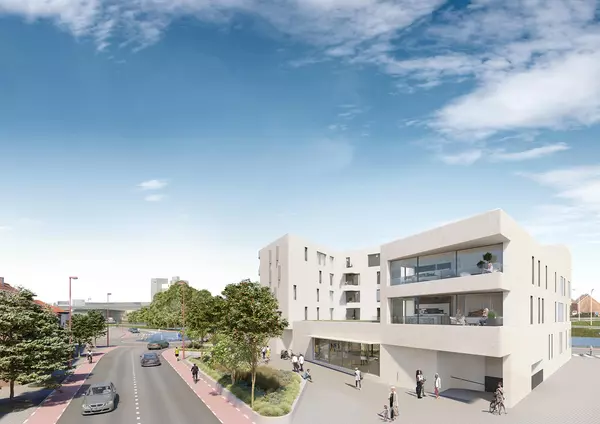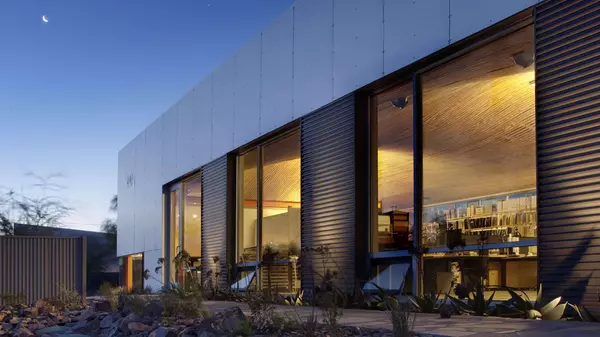A history of Kansas City’s most iconic house style
Kansas City’s most notable historic home style takes after a piece of clothing—and if you look closely, the resemblance is hard to miss.
The shirtwaist house, like its namesake blouse that was popular among the growing number of working women in the early 1900s, is all about structure. A solid limestone or brick first floor serves as a sturdy “waist” while wood or stucco upper stories resemble the blouse’s lightweight top. A steeply pitched roof mirrors its collar, and as a finishing touch, a covered front porch echoes the blouse’s cuffs and pleats.
Shirtwaist homes, built primarily in the early 20th century, are a defining feature of Kansas City’s original neighborhoods, from Roanoke to Hyde Park to Brookside—and for good reason. A variation of the popular American Foursquare, a standard home style of the era, shirtwaists kept the practical and boxy design while incorporating a few distinct details. At the time, both sides of the state line were booming with limestone quarries and brick factories, which ensured a steady supply of materials for these homes.
Joe Thompson, founder of Architectural Craftsmen, a firm specializing in remodeling historic homes, says that shirtwaist homes were well-suited to their time. “The mass of the limestone and brick allowed people to cool their houses more easily and helped even out heat fluctuations,” he says. “The elevated style also eliminated termites. It’s just a wonderful confluence of different elements that came together to create this house.”
Since shirtwaist homes are almost exclusively crafted from stone and brick, they’re incredibly durable, and their exteriors are tough to modify. “That makes them, in a sense, more durable as an architectural style,” Thompson says. “What you see from the street is usually much more original on a shirtwaist than almost any other style of home.”
For Thompson, most of his remodeling work on shirtwaist homes has focused on the interior, all while preserving the home’s historical integrity. He often uncovers original features, from massive heat system boilers—some as large as a small car—to asbestos-ridden compounds and insulation. “We’ll sometimes find insulation in the walls that may have been original,” he says. “A lot of it is made with horsehair because, of course, we had the stockyards. There was so much hair coming off those animals that they were rolling it into mats about an inch thick to make usable insulation. It’s not great, but it was something.”
The post A history of Kansas City’s most iconic house style appeared first on Kansas City Magazine.
Categories
Recent Posts










